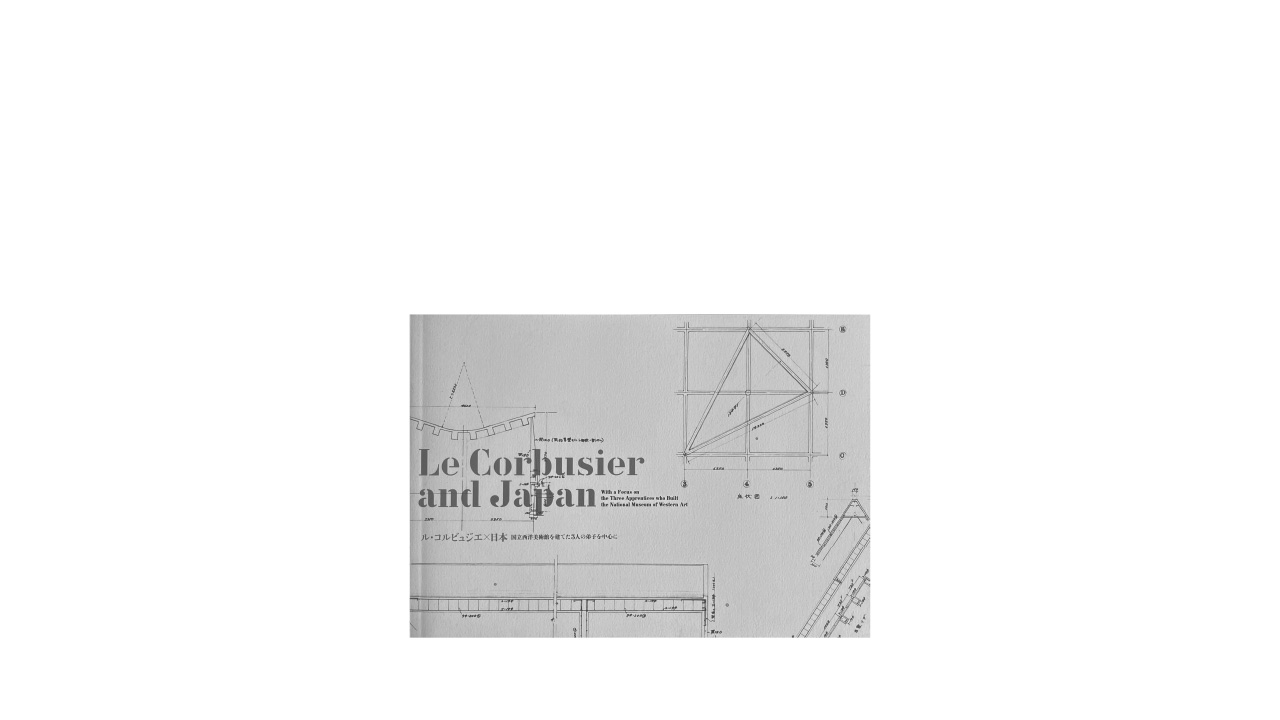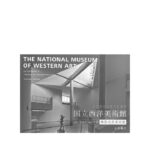Category|建築展
Language|英語/日本語
Contents|ル・コルビュジエ×日本 国立西洋美術館を建てた3人の弟子を中心に
Author|五十嵐太郎、勝原基貴、村上博哉
Publisher|国立近現代建築資料館
Publication date|2015/07/21-11/08
Type|ペーパーバック
Pages|56
Size|257×182×5
Weight|178
Price|ME-2500-(200)-2500-20210505
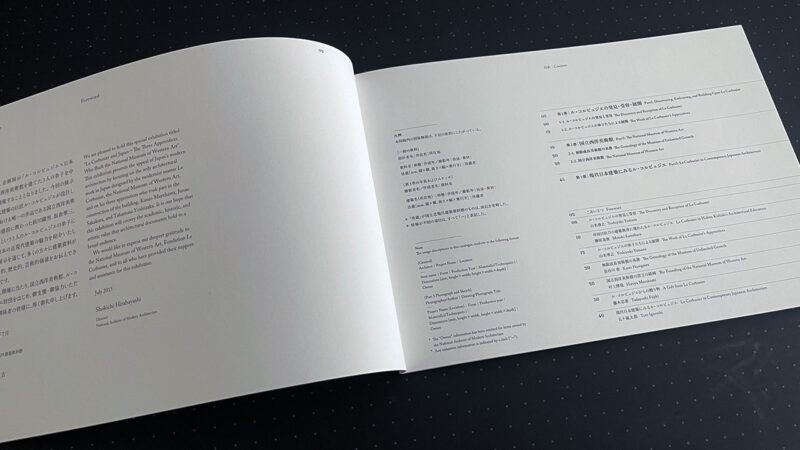
There were approximately seven Japanese architects who were admitted into Le Corbusier’s architectural atelier in Paris in the period from April 1928, when Kunio Mayekawa was accepted, to the late 1950s. Among them, the architects who provided their assistance with the construction of the National Museum of Western Art from the Japanese side, Kunio Mayekawa, Junzo Sakakura, and Takamasa Yoshizaka, had a particularly large impact on the course that the history of Japanese contemporary architecture later took.
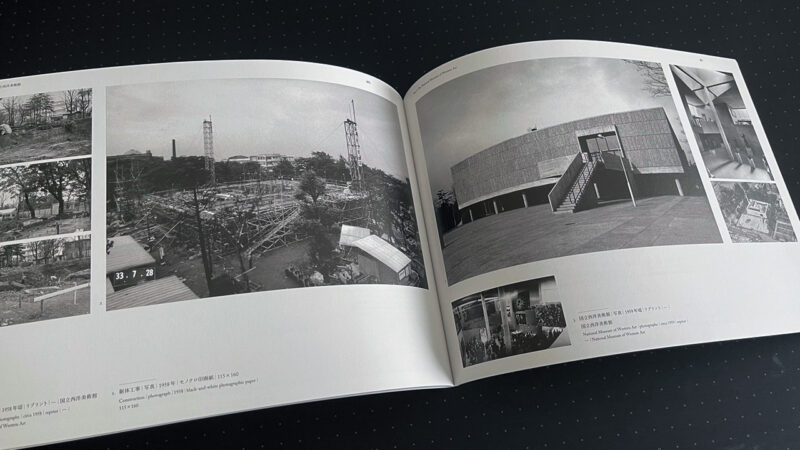
Kunio Mayekawa left for Paris upon graduating from university and became an apprentice at the atelier until 1930. The late 1920s coincided with the period during which CIAM (the International Congress of Modern Architecture) was established and young architects from throughout Europe had been starting to gather at the atelier. When Mayekawa returned to Japan, he set about establishing the Modern movement in Japan by building the Kimura Industrial Laboratory (1932), and he started to build up his international network with the architects who participated in CIAM.

Le Corbusier’s influence can be seen in his work from during and after the war, such as the Hua Hsing Commercial Bank Shanghai Dormitories (1942) and Harumi High-Rise Apartments (1958). The architects who studied under Mayekawa, namely Kenzo Tange and Masato Otaka, can also be described as architects who were greatly influenced by Le Corbusier.
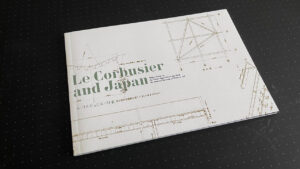
引用|Le Corbusier and Japan With a Focus on the Three Apprentices who Built the National Museum of Western Art
